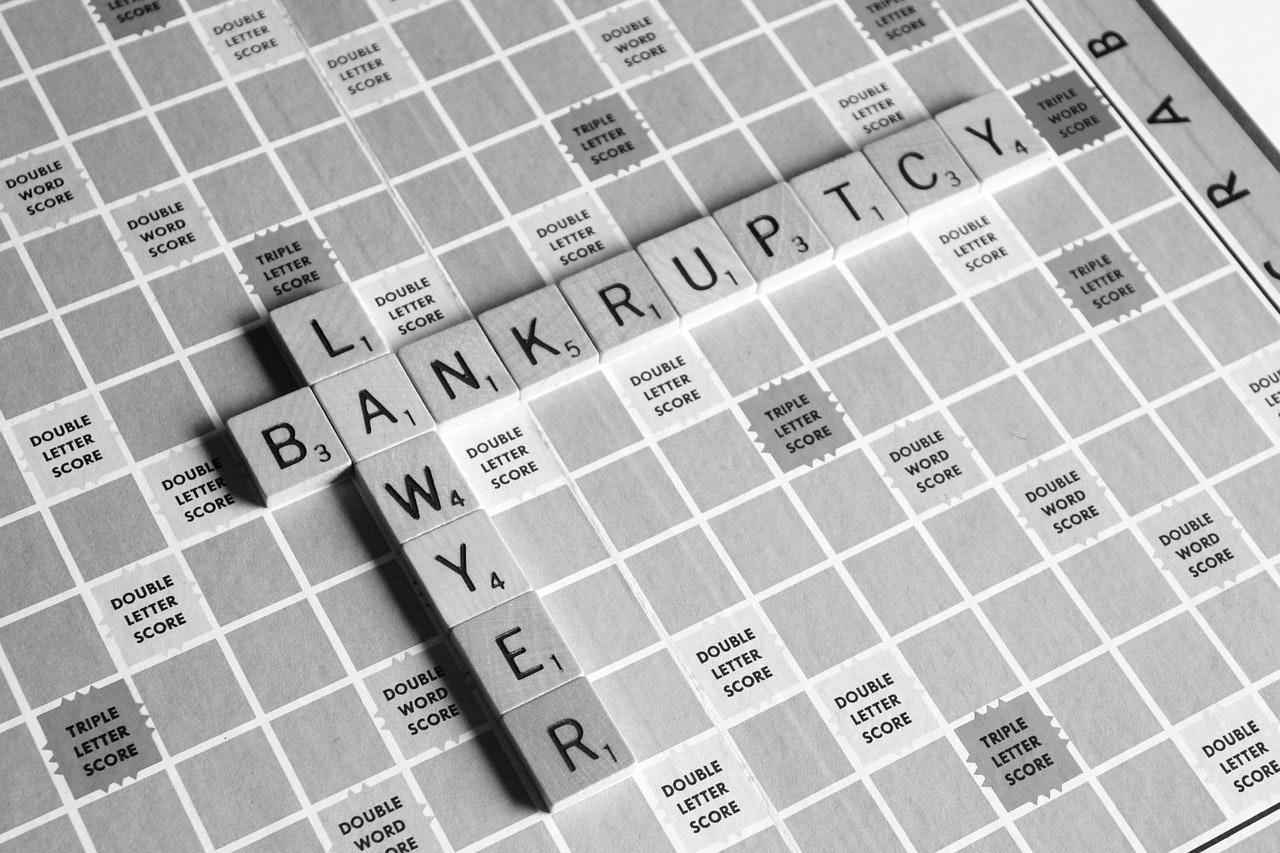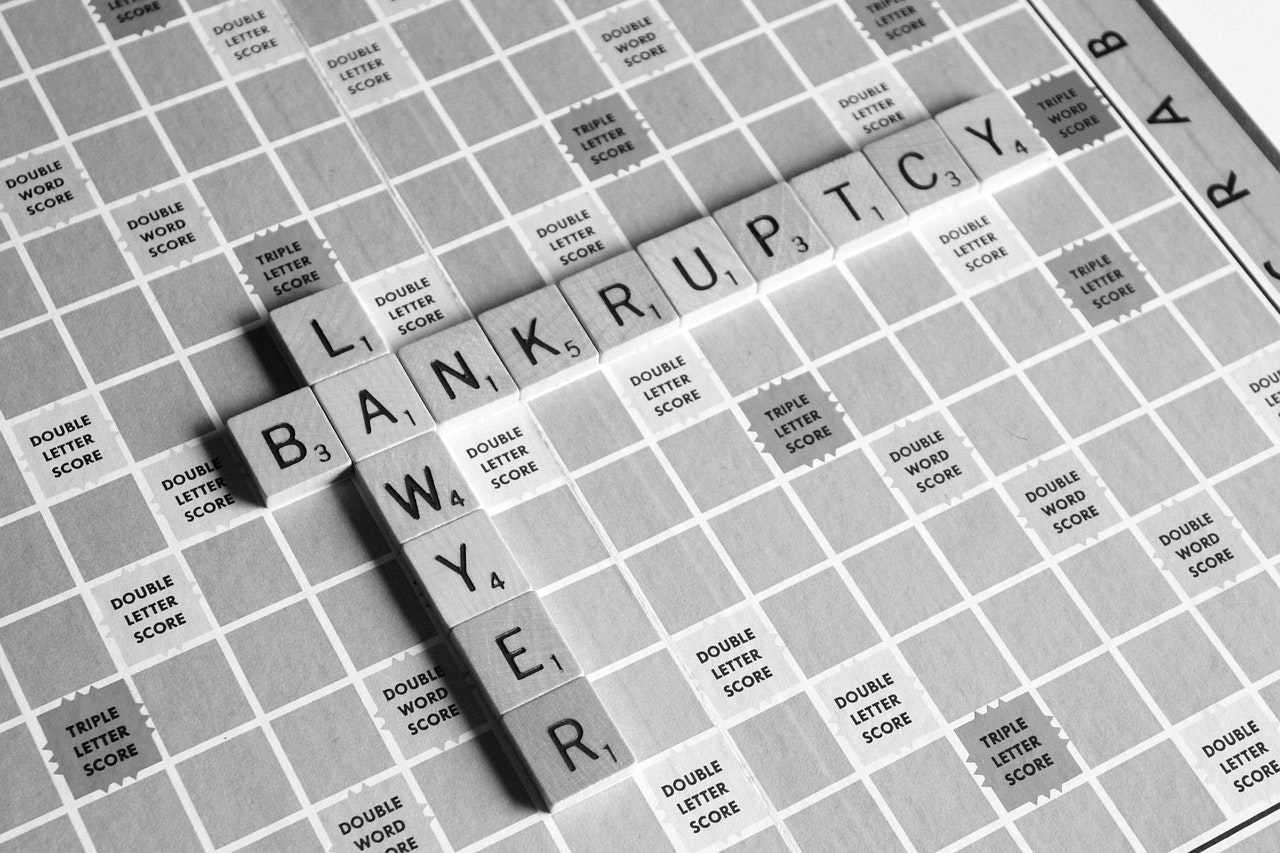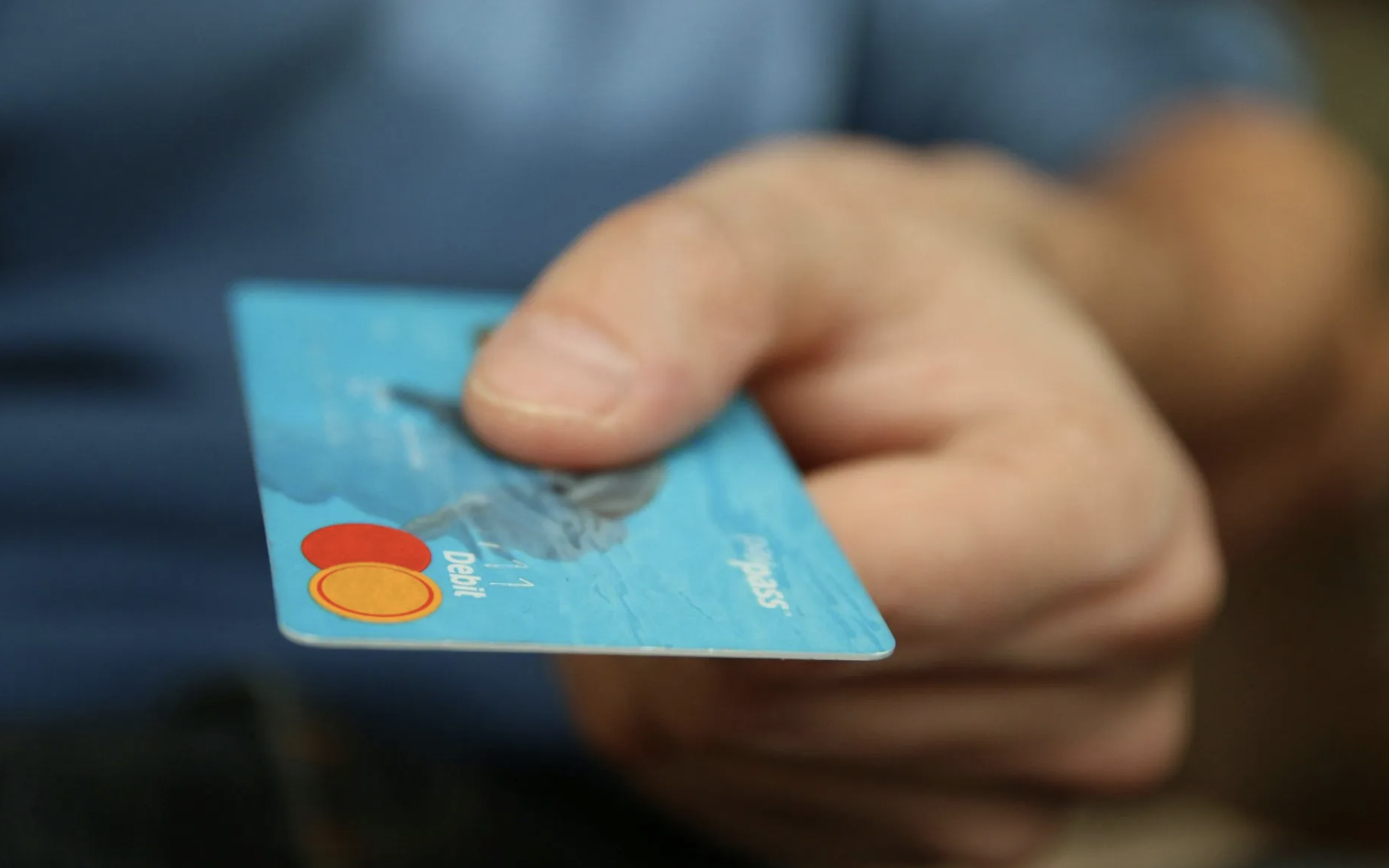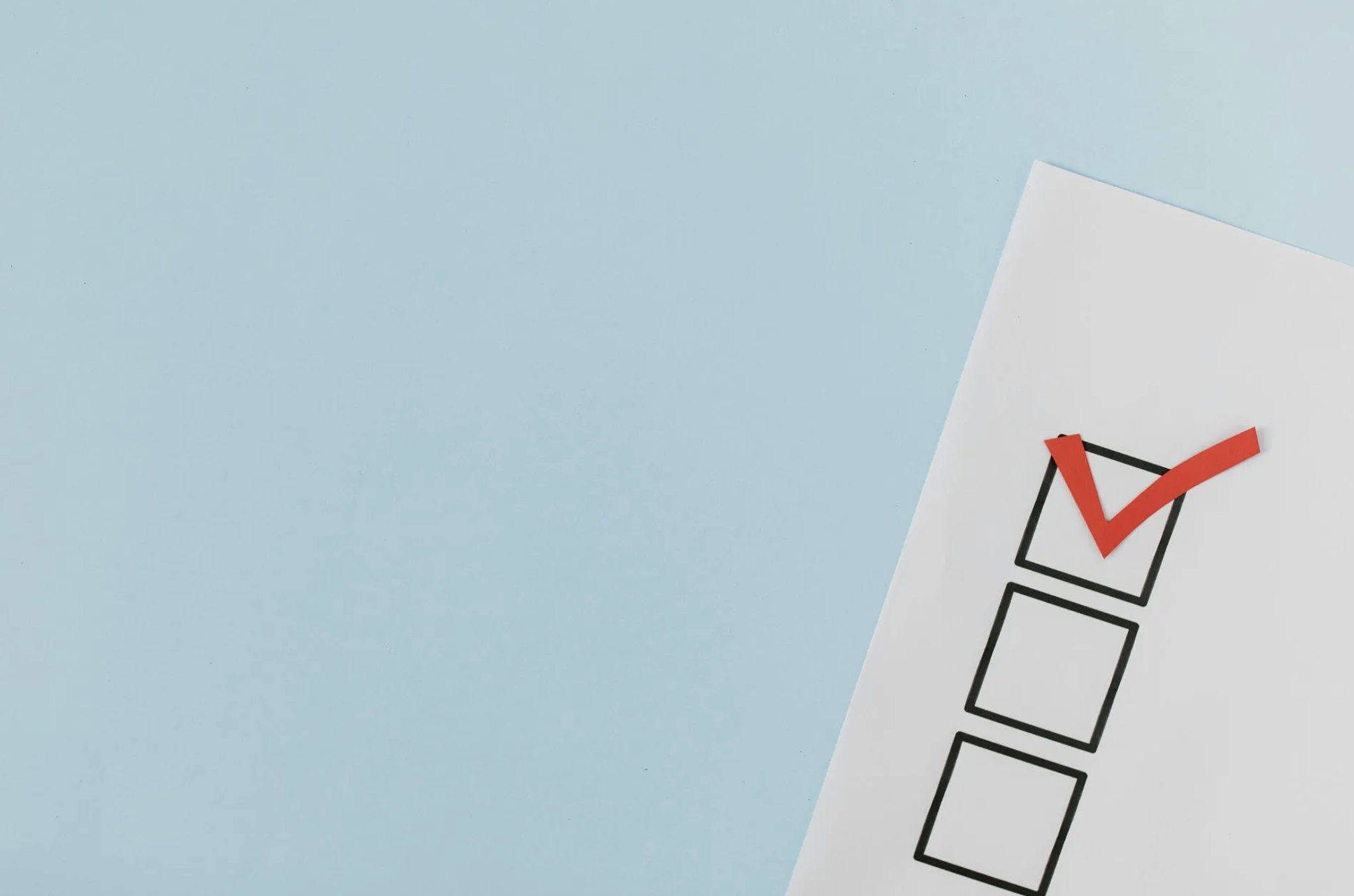Blog
Legal Insights & Resources
Is Bankruptcy Right for You? Understanding Your Options in Connecticut
Financial distress can feel overwhelming. Mounting bills, relentless creditor calls, and the pressure of making ends meet can weigh heavily on individuals and families. If you're facing this kind...
Read more
What to Expect in Your First Bankruptcy Consultation
Deciding to file for bankruptcy is a significant step, and having a first consultation with a lawyer can be both reassuring and constructive. Knowing what to expect during this initial meeting can...
Read more
Debt Consolidation vs. Bankruptcy: What to Consider
Dealing with debt can be emotionally draining and financially overwhelming. It's important to explore options like debt consolidation and bankruptcy to manage this burden effectively. Understanding...
Read more
Understanding Double Jeopardy: Legal Certainty and Protection
In the intricate web of the legal system, double jeopardy serves as a critical safeguard, ensuring individuals are protected from repetitive legal battles following an acquittal or conviction. This...
Read more
Bankruptcy vs. Debt Settlement: Which Is Right for You?
When facing overwhelming debt, it’s essential to explore your options carefully. Two of the most common debt relief solutions are bankruptcy and debt settlement. Each offers distinct benefits and...
Read more
Understanding Unsecured Debts in Bankruptcy
Unsecured debts are a significant factor in most bankruptcy cases, often comprising the majority of an individual’s financial burden. Unlike secured debts, unsecured debts don’t have collateral...
Read more
Quick Checklist for Bankruptcy Preparation
Filing for bankruptcy can provide much-needed relief if you’re overwhelmed by debt and facing potential loss of assets. Bankruptcy allows individuals to reorganize or discharge certain debts,...
Read more
Bankruptcy and Divorce
Divorce can be a challenging and multifaceted process, particularly when intertwined with bankruptcy. In Connecticut, these two legal proceedings often come together, magnifying the stress and...
Read more
Removing The Stigma
Connecticut Debt Relief Law Firm Teaches Clients that Filing for Bankruptcy is No Longer a Stigma Bankruptcy. The word carries with it so many different meanings for different people. For far too...
Read more
Student Loan Repayment
Norwalk, CT Attorneys Help Students Pay Back Loans without Drowning in Debt Pursuing an education is an integral part of the American Dream. Getting a college degree in order to seek knowledge and...
Read more
Sequestration Affecting Bankruptcy
Bridgeport Bankruptcy Law Firm Cautions Clients as to Effects of Sequestration No one likes to be in limbo—it is an uncomfortable feeling to be uncertain as to one’s future. For Americans...
Read more
Mandatory Foreclosure Mediation
The recent recession was having too high a cost: countless people in the state of Connecticut were losing their homes to foreclosure. As a result, the state came up with a solution to try and help...
Read more
Bankruptcy and Student Loans
Bankruptcy can allow people to wipe their financial slate clean when they are facing mounting bills, overwhelming payments, or steep mortgage installments that can no longer be paid – but it doesn...
Read more
Improving Credit Score After Bankruptcy
Bridgeport, CT Bankruptcy Attorneys Help Clients Rebuild Credit after Bankruptcy Although filing for bankruptcy has gotten a bad reputation, there is much good that can come of it. One positive...
Read more
Improving Credit Score After Bankruptcy
Bridgeport, CT Bankruptcy Attorneys Help Clients Rebuild Credit after Bankruptcy Although filing for bankruptcy has gotten a bad reputation, there is much good that can come of it. One positive...
Read more
Filing For Bankruptcy Should Not Be Deterred By False Myths
Learning the truth about bankruptcy sometimes comes too late. A person might hear about its extraordinary benefits from a friend or acquaintance, but it could be too late if property and a home...
Read more
















